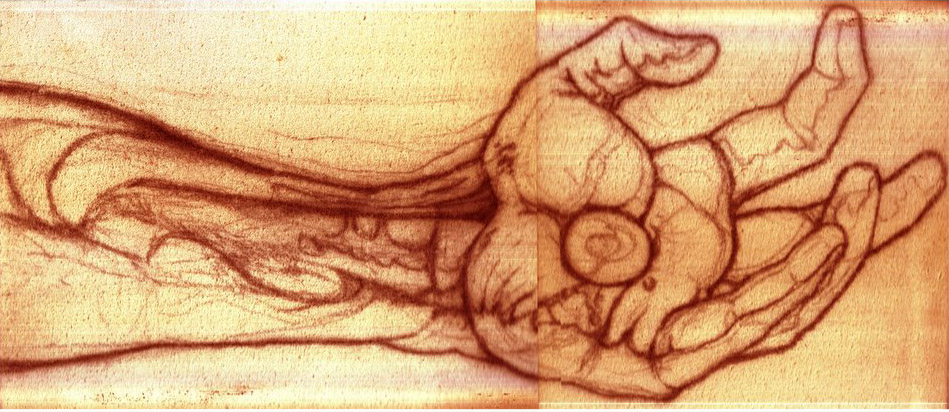
Can Cannabinoids Positively Impact Your Body’s Orthopedic and Musculoskeletal Health?
[headline] There is emerging science paving the way for the application of cannabinoids such as CBD (cannabidiol) in the world of orthopedic joint, tendon, bone, and connective tissue health.[/headline]
Musculoskeletal symptoms and orthopedic conditions are the second-most common reason for physician visits in the United States at a staggering annual cost of close to $1 trillion. Finding safe, cost-effective therapeutic options is quickly becoming a top priority for those concerned about health and productivity, from practitioners and patients to government institutions.
Cannabinoid compounds and the endocannabinoid system (ECS) have been making waves for optimizing health and restoring balance related to mood, anxiety, sleep, pain management, neuroprotection, and even metabolic health. However, there is emerging science paving the way for the application of cannabinoids such as CBD (cannabidiol) in the world of orthopedic joint, tendon, bone, and connective tissue health.
We’re Not Quite at Adamantium Levels of Bone Strength, But We’re Getting There
A recent study published in a peer-reviewed scientific journal earlier this year by Kogan et al. demonstrated for the first time that phytocannabinoids can help to regulate the biomechanical properties and structure of bone. Interestingly, it had previously been shown that a number of endocannabionoids (produced within the body) acted as ligands, or hormone-like compounds (“keys”), for important receptors (“locks”) that control how the bone repairs and remodels its mineral and protein content.
In this study by Kogan, CBD led to improvements in healing of a rat femoral fracture model and demonstrated increased load-bearing mechanical properties. In other words, the rat leg fractures of the CBD-supplemented group healed faster and more completely with a stronger callus at the injury site than the control group that received non-cannabis treatment.
What Happens When Your Body’s Inflammatory Response is Unregulated?
The inflammatory response is known to be critical for healthy tissue integrity of the joints, tendons, ligaments, and bones. However, if left uncontrolled or unregulated, the chronic inflammatory response can keep injuries in the initial aggressive stage to clear out damaged tissues in a vicious, constant cycle. If the immune system can’t appropriately progress to the stages of resolution, tissue regeneration, remodeling, and healing, the patient can feel like he or she is on a continuous hamster wheel of pain, heat, swelling, and dysfunction.
 Numerous preclinical studies have demonstrated potent anti-inflammatory effects via activation of cannabinoid receptors (CB1, CB2, PPARs, GP18, and TRPV1) by both endocannabinoids as well as phytocannabinoids such as CBD. Recently, activation of these receptors has been linked to a powerful family of lipids known as specialized pro-resolving lipid mediators (SPMs). These are the body’s natural “shut-off” system for inflammation that signals a major shift in the behavior and type of white blood cells to calm down and begin repairing and remodeling the injured site. That site may vary from an area of infection to any joint, tendon, connective tissue, or orthopedic injury that needs to be restored and fully healed.
Numerous preclinical studies have demonstrated potent anti-inflammatory effects via activation of cannabinoid receptors (CB1, CB2, PPARs, GP18, and TRPV1) by both endocannabinoids as well as phytocannabinoids such as CBD. Recently, activation of these receptors has been linked to a powerful family of lipids known as specialized pro-resolving lipid mediators (SPMs). These are the body’s natural “shut-off” system for inflammation that signals a major shift in the behavior and type of white blood cells to calm down and begin repairing and remodeling the injured site. That site may vary from an area of infection to any joint, tendon, connective tissue, or orthopedic injury that needs to be restored and fully healed.
We expect to see an increase of new clinical research developing in the area of applying cannabinoid science to orthopedics and musculoskeletal health in the near future. Not only can this type of therapy be more cost-effective for both patients and practitioners, it showcases the diversity of benefits cannabinoids can pose on the human body.
This article is sponsored by CV Sciences, one of the leading suppliers of agricultural hemp derived CBD from seed to finished products.
References:
- Kogan NM, Melamed E, Wasserman E, et al. Cannabidiol, a Major Non-Psychotropic Cannabis Constituent Enhances Fracture Healing and Stimulates Lysyl Hydroxylase Activity in Osteoblasts. J Bone Miner Res. 2015 Mar 19.
- Burstein SH. The cannabinoid acids, analogs and endogenous counterparts.
- Bioorg Med Chem. 2014 May 15;22(10):2830-43.
- O’Sullivan Saoirse Elizabeth. Cannabinoid activation of peroxisome proliferator‐activated receptors: an update and review of the physiological relevance. WIREs Membr Transp Signal 2013, 2: 17-25.
- Gui H, Tong Q, Qu W, Mao CM, Dai SM. The endocannabinoid system and its therapeutic implications in rheumatoid arthritis. Int Immunopharmacol. 2015 May;26(1):86-91.


